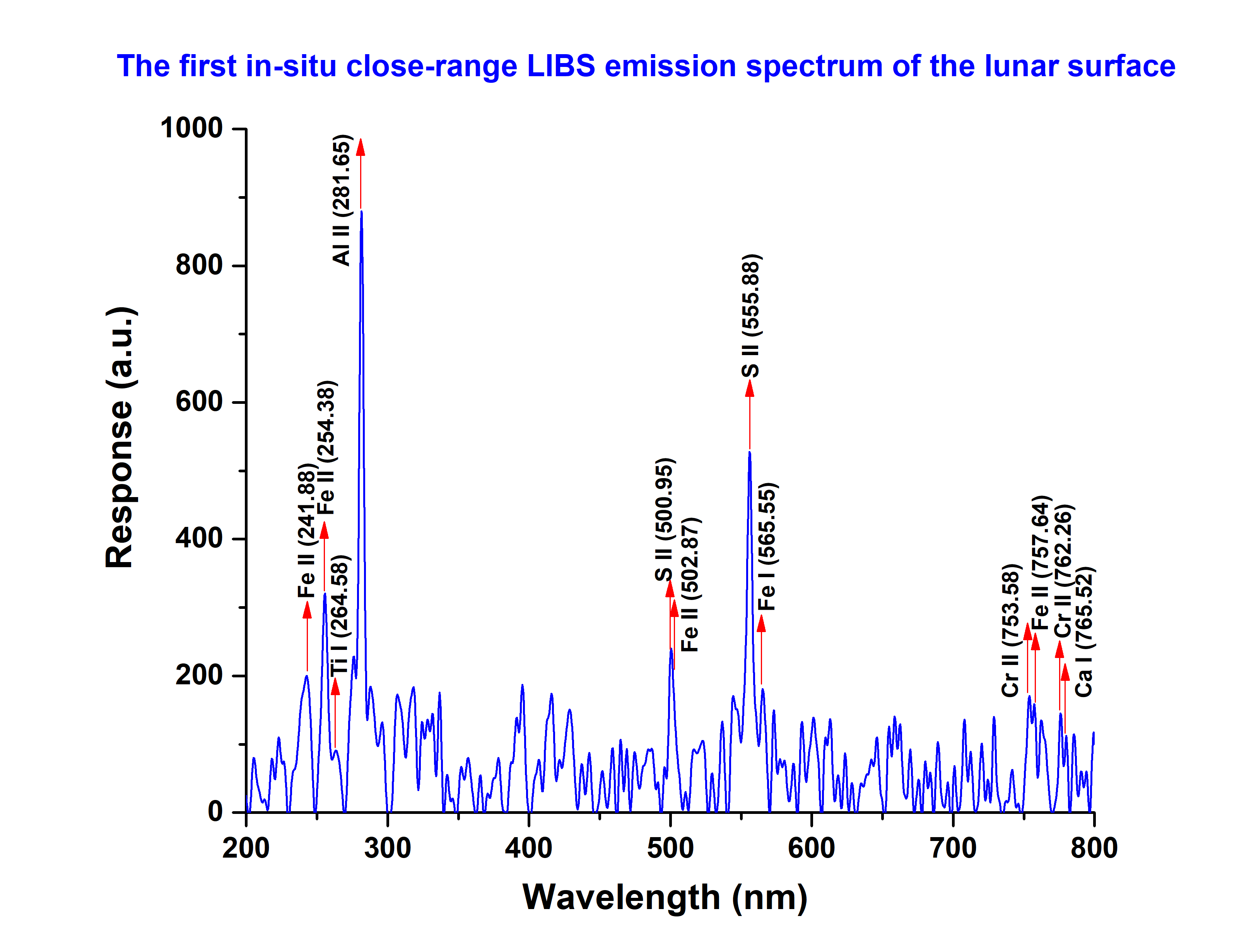Bengaluru, NFAPost: In a groundbreaking achievement, the Laser-Induced Breakdown Spectroscopy (LIBS) instrument onboard the Chandrayaan-3 Rover has conducted unprecedented in-situ measurements of the lunar surface, affirming the presence of Sulphur (S). This marks a significant milestone in lunar exploration, as such in-situ measurements were unattainable with orbiters’ instruments.
Understanding LIBS Technique
LIBS is a cutting-edge scientific technique that scrutinizes the composition of materials by subjecting them to intense laser pulses. A high-energy laser pulse is meticulously directed onto the material’s surface, giving rise to an exceedingly hot and localized plasma. The ensuing plasma light is dissected spectrally and captured by detectors like Charge Coupled Devices. Each element emits a unique set of wavelengths of light when in a plasma state, enabling precise determination of the material’s elemental composition.
Revelations of Lunar Composition
Preliminary analyses, illustrated graphically, have not only confirmed the presence of Sulphur (S) but have also unveiled the existence of other elements such as Aluminum (Al), Calcium (Ca), Iron (Fe), Chromium (Cr), and Titanium (Ti) on the lunar surface. Subsequent measurements have divulged the presence of manganese (Mn), silicon (Si), and oxygen (O). Investigations regarding the presence of Hydrogen are currently in progress.
LIBS Development and Significance
The LIBS payload was meticulously developed at the Laboratory for Electro-Optics Systems (LEOS)/ISRO, located in Bengaluru, India. This remarkable technological achievement exemplifies India’s prowess in lunar exploration and the quest to unravel the mysteries of the lunar surface.





